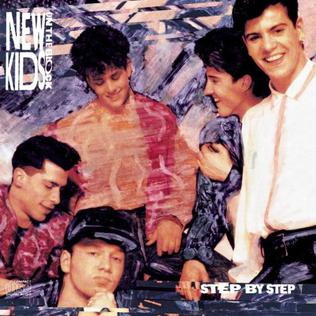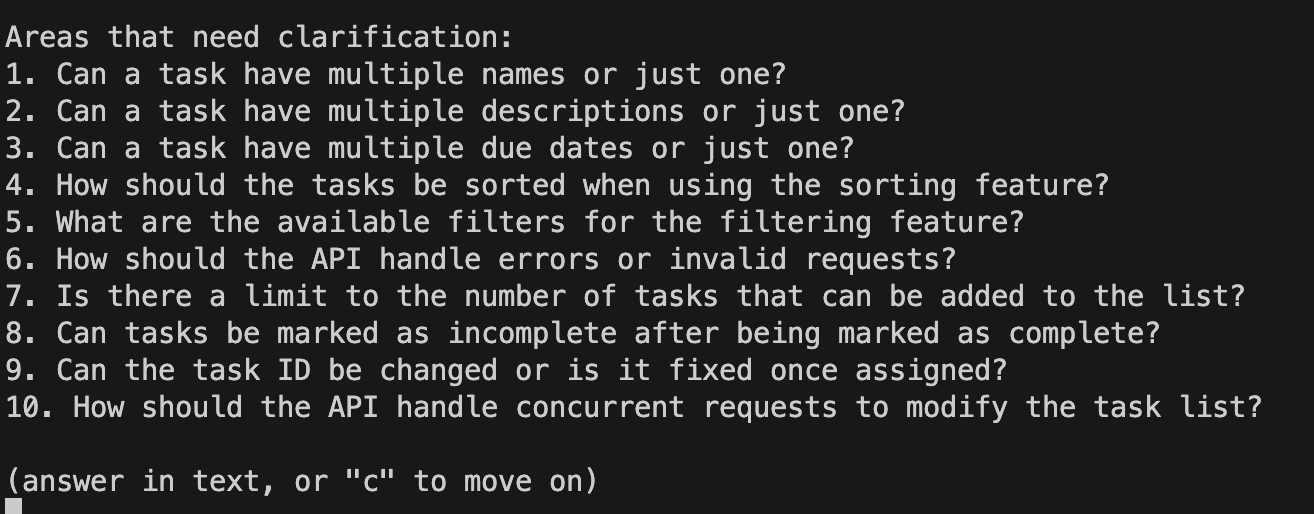Will GPT Engineer Take My Job? I Gave It a Try

In the rapidly evolving landscape of technology, the emergence of AI-powered tools has sparked both excitement and apprehension. One such tool that has been making waves in the developer community is the GPT Engineer. This AI-driven code generator, while impressive, also raises questions about the future of coding and the role of developers. It's like a new kid on the block who's really good at math, but you're not sure if they're going to help you with your homework or just do it all themselves and make you obsolete.

Step 1, we can have lots of fun
Step 2, there's so much we can do
Step 3, it's just you and me
Step 4, I can give you more
Step 5, don't you know that the time has arrived … to be obsolete?
(You're welcome for the ear-worm)
Unpacking GPT Engineer
GPT Engineer is an AI-powered tool that generates code based on a prompt. It leverages the power of GPT-3 through OpenAI API to understand your requirements and produce code that matches with them. The tool is open-source and can be accessed on its GitHub repository.
Setting up and using GPT Engineer is a straightforward process. You start by creating an empty repository and installing GPT Engineer using pip. Once installed, you provide your prompt in a text file. Make sure you define your requirements as accurately as you can. Here’s an example:
We are developing an API to handle a simple to-do list. The API should support the
following operations:
- Adding a task: The user should be able to add a new task to the list.
Each task will have a unique 'name' which will act as the key for the task.
- Editing a task: The user should be able to edit an existing task.
They can change the 'name', 'description', and 'due date' of the task.
The 'due date' should be in the format 'YYYY-MM-DD'.
- Marking a task as complete: The user should be able to mark a task as
'done' once it is completed.
- Deleting a task: The user should be able to delete a task from the list.
To delete a task, they need to provide the 'id' of the task.
- Viewing the list: The user should be able to view the entire to-do list using
a GET method. When displaying the list, also print the 'id' of each task. The
'id' should be an integer.
- Filtering and sorting: The API should support filtering and sorting of tasks.
Once GPT Engineer reads your prompt, it seeks clarifications to ensure it has grasped the requirements.

This interactive feature guarantees that the generated code meets your requirements. I took it for a spin myself and built a proof of concept (PoC). You can witness the entire process, from setup to execution, in the GitHub repository shared below. I invite you to browse through and see the results of my experiment.
The beauty of GPT Engineer lies in its simplicity. You don't need to be an AI expert to use it. All you need is a clear idea of what you want your code to do, and GPT Engineer will do the rest.
GPT Engineer vs AutoGPT
In the world of AI-powered code generation, GPT Engineer is not alone. There's also AutoGPT, another tool that aims to automate the coding process. But how do they stack up against each other?
While both tools leverage AI to generate code, GPT Engineer stands out with its interactive approach. It doesn't just generate code; it interacts with you, asking for clarifications to ensure the generated code aligns with your requirements. The solution is tailored for software development tasks.
On the other hand, autoGPT has the capability to ask for clarifications by itself by scraping the web, which sometime results in requirements not aligned with your need. It also has a broader scope than GPT Engineer, capable of answering almost any prompt or task it is asked, not limited to coding.
The fast pace of change in the auto code generation tools field means that the landscape is constantly evolving. Today's leading tool could be tomorrow's old news. But for now, GPT Engineer holds its own, offering a unique and effective approach to code generation.
Will GPT Engineer Take My Job? The Big Question
As a developer myself, the question of whether GPT Engineer will take my job is not just theoretical; it's personal. It's a question that keeps me up at night, that makes me wonder about my future in this rapidly changing field.
But the more I use tools like GPT Engineer, the more I realize that it's not here to replace me. It represents both a challenge and an opportunity. It's here to augment my capabilities, to take care of the mundane so I can focus on the creative and complex aspects of my work.
GPT Engineer showcases what the dawn of AI can accomplish, but it's not perfect. The code it generates may not always be flawless, but it's a step towards automating the coding process. With GPT-4 accessible via the OpenAI API on the horizon, we can expect even more advanced capabilities.
"Computers are useless. They can only give you answers." - Pablo Picasso
Picasso was onto something. I don’t think he realized the extent of his comment back in the days. While GPT Engineer can generate code, it can't understand the nuances of a project or the specific needs of a client. It can't replace the human touch (…yet) that's so crucial in development. Until these tools are capable of self learning, we (humans) will need to provide better requirements. This could be a positive development for the industry, as it encourages us to think more deeply and clearly about our project objectives before we set out to achieve them.
To replace programmers with AI, clients will need to accurately describe what they want.
— Dr. Milan Milanović (@milan_milanovic) February 5, 2023
We’re safe.#softwareengineering #programming
So, will GPT Engineer take my job? The answer, I believe, is no. It will change my job, yes. It will make some parts of it easier, and it will challenge me to adapt and learn new skills. But it won't take my job. Because at the end of the day, coding is not just about writing lines of code; it's about understanding problems, coming up with creative solutions, and bringing ideas to life.
Conclusion: Embracing the Future
My experience with GPT Engineer has been genuinely impressive. It's a fun experiment that cost me just 1 cent, and it's a tool that offers a sneak peek into how this technology could reshape our coding practices in the next five years.
"Once a new technology rolls over you, if you're not part of the steamroller, you're part of the road.” - Stewart Brand, author of The Whole Earth Catalog
For software developers, the key to success lies in staying ahead of the curve. As AI continues to evolve, it's imperative for us to adapt and learn how to harness these new technologies. GPT Engineer is a tool, not a replacement. It's here to assist, not to take over. By mastering tools like GPT Engineer, we can ensure our relevance in the future of development.
So why not give GPT Engineer a try? Check out the GPT Engineer GitHub repository and the GPT Engineer PoC to see it in action. Who knows, it might just be the tool you've been waiting for.
Stay in the loop! Subscribe to our newsletter for the latest in AI and coding. Join us at Think Machina today!
